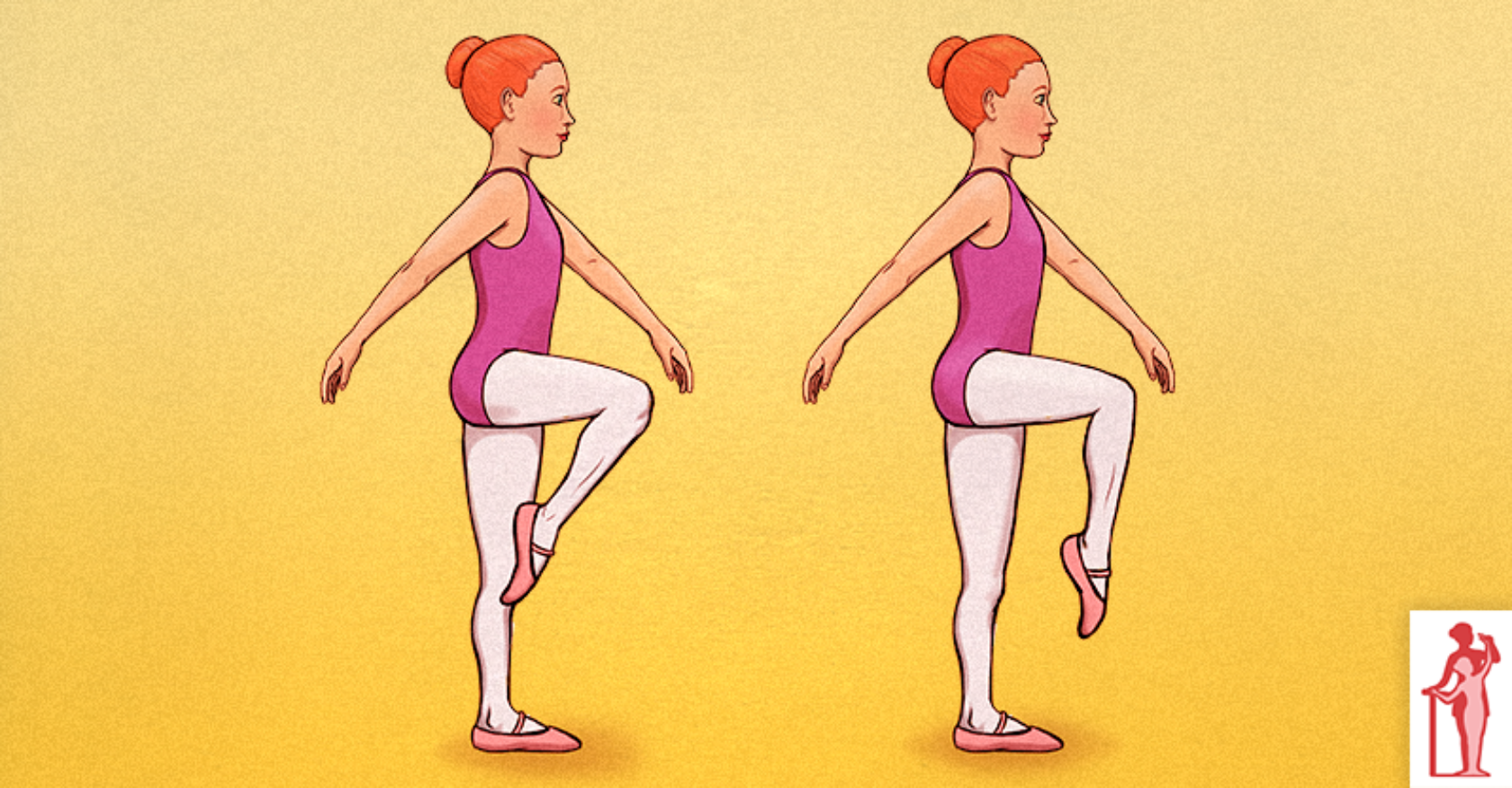Teachers sometimes spend much of the year trying to figure out what should logically come next in their teaching. How can we know what they should be learning next? Moving through the natural movement sequences and into ballet technique happens around the age of 7 to 10 years. Learn to guide your students and work with nature as you plan for their learning progression.
Building a Solid Foundation of Movement
Ballet should ideally be an enhancement and refinement of natural movement. It did evolve from folk and court dances. It has a foundation in natural movement. We must not hurry past that foundation, but remember to teach them natural movements when they are young. Without this order of learning, the student may have trouble learning the more advanced technique in the years to come.
As an example, the Ballet Walk begins with a natural walk, learning to step in time with the music. After a few weeks, beginners can walk reaching forward with their toes. Later they can learn to use changes of direction, and changes in arm positions during the walk.

This is important because eventually the walk is used as a connecting step between harder movements, and in relating to other dancers in the space. The artistic use of head and arms, ballet posture, and the technical skill can be placed on the foundation of a well developed natural walk. It becomes a graceful way of entering and leaving the stage, and of changing positions on the stage.
The Ballet Walk never replaces the natural walk, but is built upon it. It should be this way with all ballet movements. Nature is not destroyed, just improved.
Beginners Can Look Good
With the natural movement foundation in place, students can then begin to perfect these movements and learn how they connect to more complicated movement concepts. Class work expectations need to be appropriate for the age, experience, and natural ability of the student. Excellence in ballet is a pathway to travel. It is not a place where we arrive and stop. This means a student can be excellent at every level of learning.
Beginners can and should look excellent for where they are. They will not have the same excellence you would see in a professional, but it is just as valuable to the young dancer as the more advanced perfection is to the professional! It may seem mundane and repetitive to practice parallel retiré walks across the floor each week, but with an understanding of all the ways these walks help them progress upward, students can enjoy the challenge of constantly improving them. They may surprise themselves with how satisfying it is to look really good exactly where they are.
There is a path of continual improvement that must be traveled in order to arrive at this final destination. In order for you, as a teacher, to take the student there, you must find out where they are, and work with them at that place. Teaching should produce learning. Learning should produce progress towards a goal of expertise or excellence in the subject.
It is very rewarding to see the beautiful results that can happen from taking things at a correct pace: the graceful shaping of muscles and the graceful movements that are possible after six to eight years of consistently good ballet.
Related Articles
- The Power of Teaching Progressions
- Understanding Your Student’s Growth Process
- Working Toward Excellence in Classical Ballet
- Developing Coordinated Dancers


Comments
No comments for this post.
Add Comment